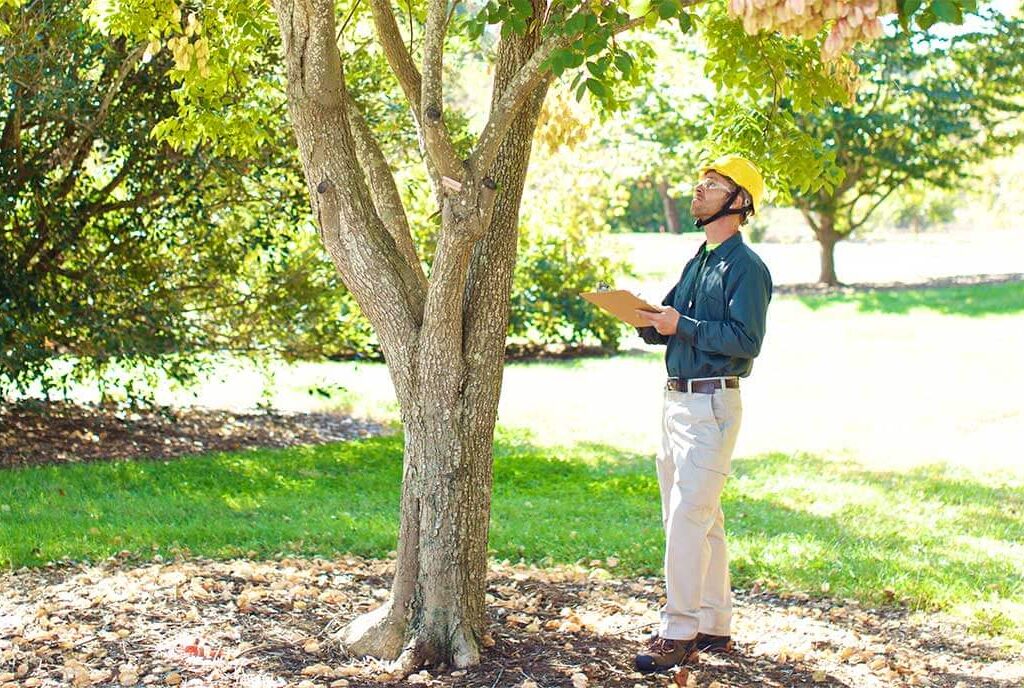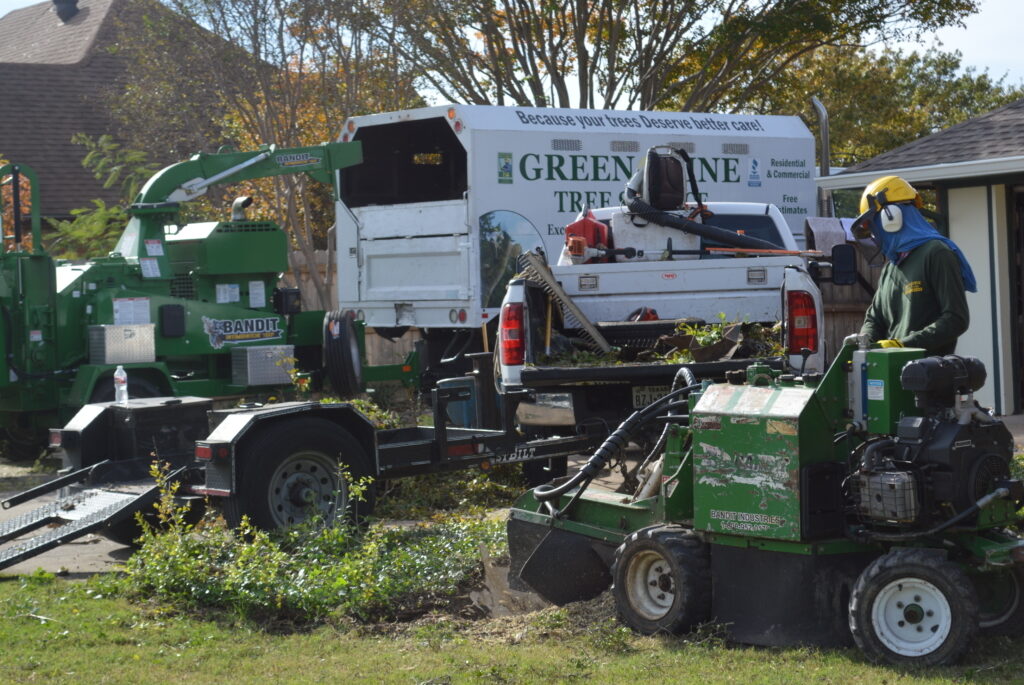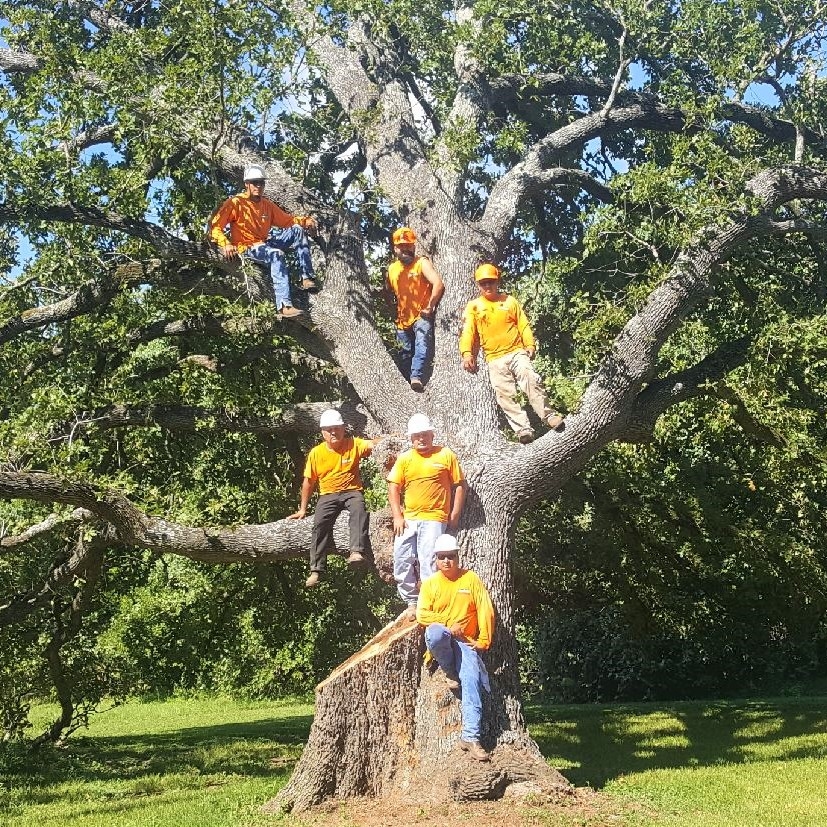Introduction to Tree Inspection
Trees are more than just part of the scenery; they provide oxygen, shade, and beauty. Regular tree inspections are essential for maintaining their health and ensuring that they do not pose risks to your property or safety. But what exactly is tree inspection, and why does it matter?
Tree inspection is the process of examining trees for signs of disease, structural weakness, or other issues that might affect their health. By catching problems early, you can prevent costly damage, preserve the life of the tree, and ensure that it remains safe and healthy.
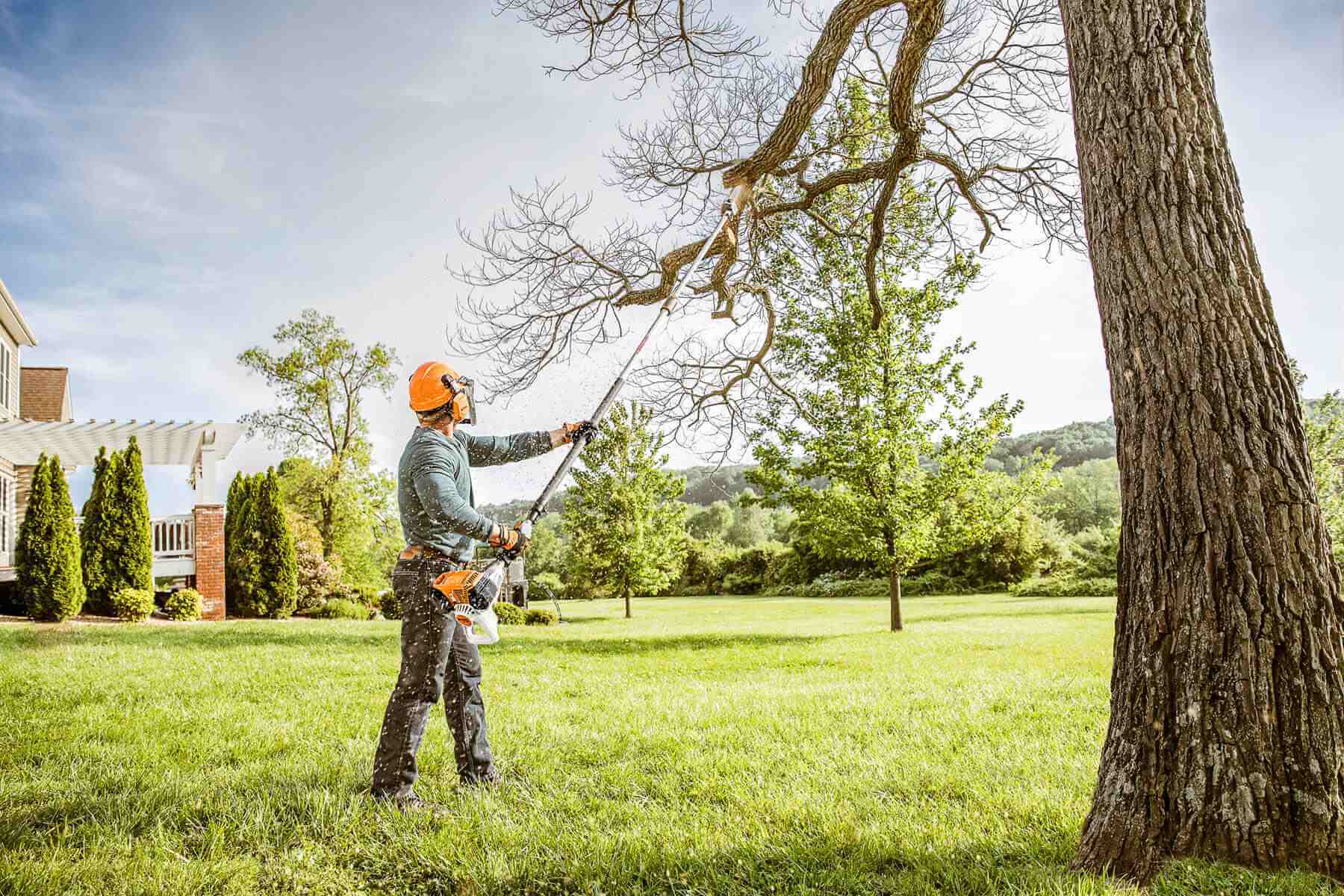
When to Inspect Your Trees
Seasonal Tree Inspections
Each season brings its own set of challenges for trees. Spring might expose new growth and the aftermath of winter damage. Summer’s heat can stress the tree, while fall is the time for shedding leaves, making it easier to spot problems. Winter’s dormancy makes it ideal for inspecting structure and limbs.
After Severe Weather Events
Heavy winds, storms, or snowfall can cause significant damage to trees. After any major weather event, it’s a good idea to inspect your trees for broken branches, leaning trunks, or other structural issues.
Step-by-Step Guide to Inspecting a Tree
Starting with the Roots
Begin your inspection at the base. Look for signs of root rot, such as discolored or mushy roots. Any disturbance to the soil around the base can also signal a problem.
Moving Up the Trunk
Check for cracks, cavities, or peeling bark. Fungal growth, like mushrooms or conks, might indicate decay. Any visible insects or boreholes could point to an infestation.
Checking the Branches
Scan the branches for dead or broken limbs, which can be dangerous if they fall. Branches rubbing against each other can create weak points, leading to future breaks.
Evaluating the Leaves
Leaves are a strong indicator of a tree’s health. Wilting, discoloration, or unusual spots can signify disease. In evergreens, browning needles are a red flag.
Common Tree Problems You Might Find
Root Issues
Roots exposed at the surface or damaged by nearby construction can hinder a tree’s ability to absorb water and nutrients. Look for soil compaction as well, which can choke a tree.
Trunk Damage
A crack running along the trunk, known as a canker, can be a sign of infection or damage. Large wounds that don’t heal over time may weaken the tree’s structure.
Branch and Canopy Concerns
If branches appear sparse or sections of the canopy are thinning, the tree might be suffering from an illness or insect problem. Dense clusters of leaves in strange places could indicate stress.
How to Identify Tree Diseases
Common Fungal Infections
Diseases like powdery mildew or rust fungus often show up as white or orange patches on the leaves. If caught early, these can be treated, but ignoring them can lead to the tree’s decline.
Bacterial and Viral Diseases
Bacterial diseases, like fire blight, cause blackened or scorched-looking leaves, while viral infections can lead to strange growth patterns or stunted growth.
Recognizing Early Signs of Infestation
Insects like the emerald ash borer can devastate a tree if not addressed. Look for tiny D-shaped holes in the bark, which is a clear sign of an infestation.
Pests That Can Harm Your Trees
Insects to Watch Out For
Besides the emerald ash borer, pests like aphids, caterpillars, and bark beetles can cause significant damage. Keep an eye out for sticky residue on leaves or bark holes.
Damage Caused by Animals
Animals, especially small rodents or deer, can damage tree bark and roots. Gnawing or claw marks near the base are tell-tale signs.
The Importance of Soil Health in Tree Care
The foundation of a tree’s health lies in the soil. Soil compaction, poor drainage, and lack of nutrients can all harm a tree’s root system. Consider soil testing to check its nutrient levels and pH balance.
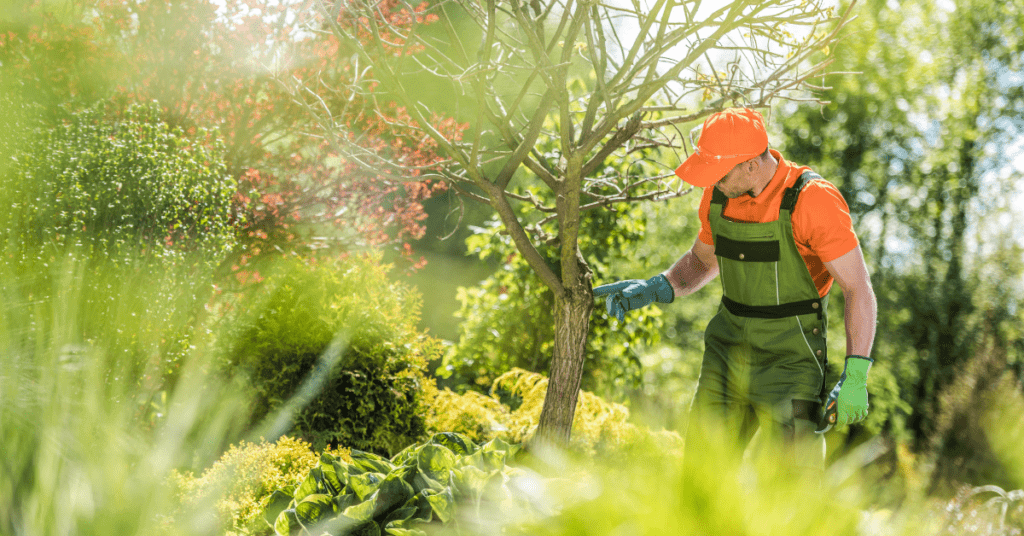
Hiring a Professional Tree Inspector
When to Call in the Pros
If you’re unsure of your findings or the tree appears severely damaged, it’s best to hire a certified arborist. They have the tools and expertise to thoroughly assess the tree and recommend solutions.
What to Expect from a Professional Inspection
A professional will perform a more detailed examination, possibly using advanced tools to check for internal decay. They can also help with long-term care strategies and safety recommendations.
Tree Maintenance Based on Inspection Findings
Pruning
One of the most common tree maintenance tasks is pruning. Removing dead or diseased branches can promote healthy growth and prevent accidents.
Fertilizing
If your soil is lacking nutrients, fertilizing can provide a much-needed boost. Make sure to use the right type for your tree species.
Pest Control
Depending on the pests you’re dealing with, treatments can range from natural remedies like introducing predator insects to chemical solutions applied by a professional.
Preventative Measures to Keep Trees Healthy
Mulching and Watering Tips
Mulching can help retain moisture and regulate soil temperature. Make sure not to pile it too high, as it can suffocate roots. Watering should be deep but infrequent to encourage root growth.
Protecting Trees During Construction
Construction work can inadvertently damage tree roots or compact the soil. Putting up a barrier around the tree’s base during nearby construction can help avoid this.
